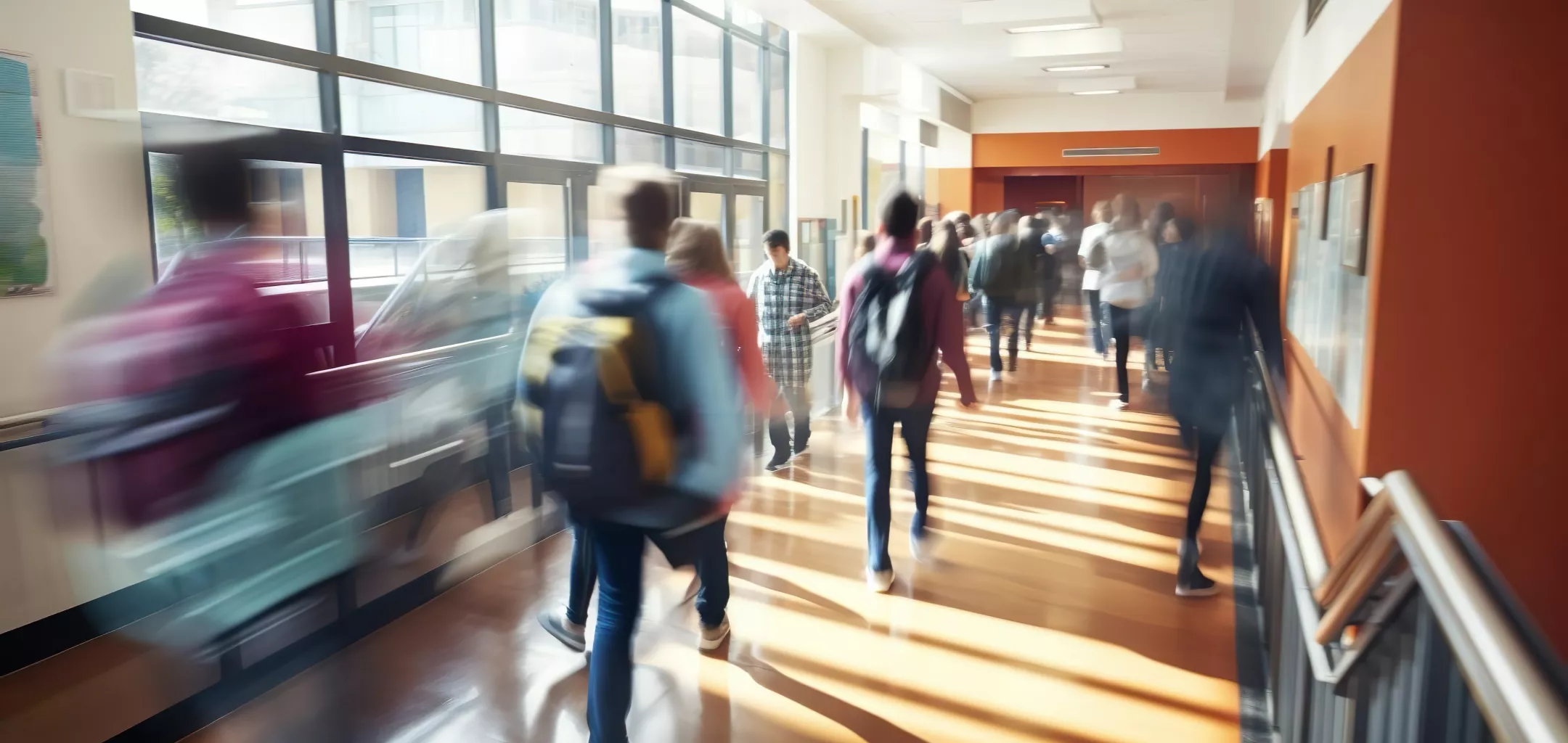Full Recovery, Full Support: The Holistic Path to Healing Post-Concussion in Schools
2 Mins


Accommodation for students returning to school after suffering a concussion must encompass the student’s entire school experience. It is not just a return to the classroom that defines a student’s school experience, it is also that student’s social, behavioral, and emotional experiences, as well.
Ask any young person about their school day and they will just as likely tell you about what they did with their friends, and how they felt about various situations, as they will tell you about their experiences in algebra class, or during the history test they took.
Further, the physical environment of the school sometimes overwhelms a student during their recovery from a concussion. Loud noises exacerbate symptoms of hyperacusis, which is defined as an extreme reaction to loud noises, that before their concussion would not have bothered them. The ever-present fluorescent lights illuminating every square foot of a classroom can seem like interrogation lights to a student recovering from a concussion. Crowds of other students, which were normal and fun for the student before their concussion, can become oppressive.
In other words, a holistic, big-picture approach must guide the way that accommodations are applied, and if that approach is not followed, the student’s recovery could be significantly compromised.
Once again, I’ll point to the kid who broke their leg in a soccer match. We would never let that kid back out onto the field until their leg was completely healed. We would accommodate them during every step of their recovery.
We need to do the same with students returning to school after a brain injury.
Next Time
Laundry lists are no fun to read, but sometimes they’re necessary. Let’s look at real world examples of academic, behavioral, and social accommodations for students with concussions.

